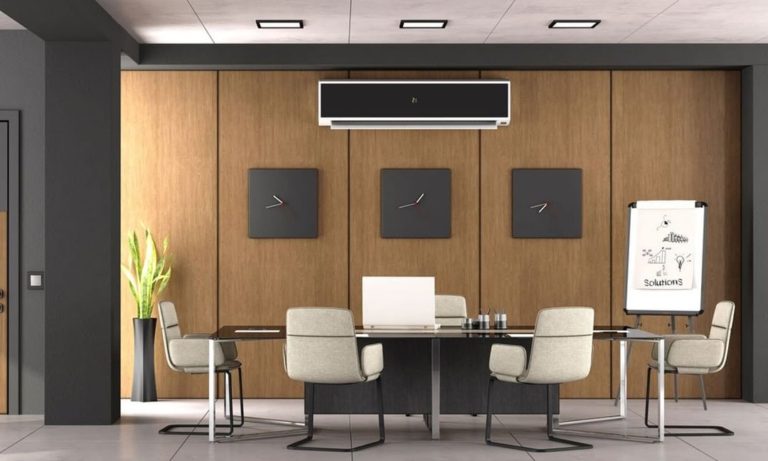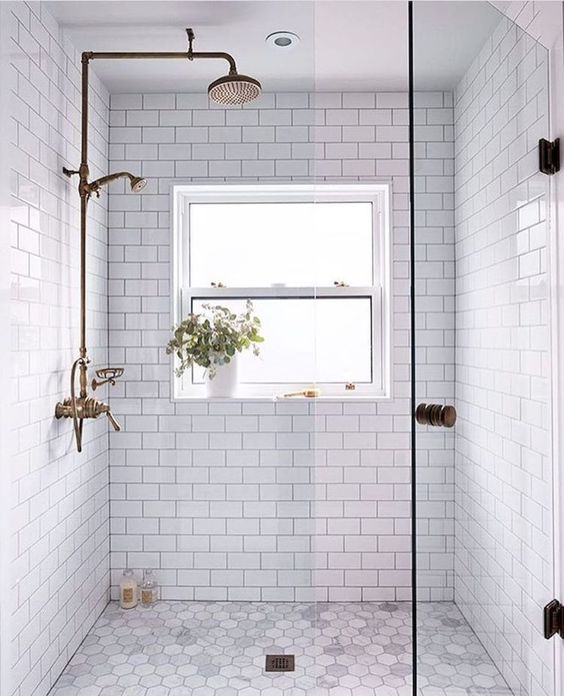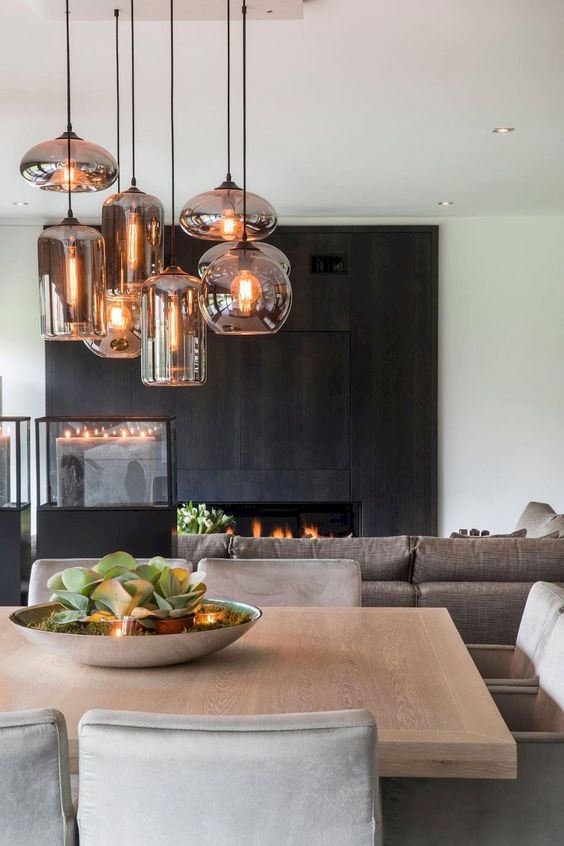How to Install a Whole House Water Filtration System and How Much Does It Cost if You Hire a Professional?
Municipal water is a convenience of modern living that is so easy to take for granted. But municipal water doesn’t always mean clean, ready-to-drink water. Unlike the evident color of well water, municipal water is usually clear to the eye and doesn’t have a foul odor. That could, however, belie the dangerous invisible contaminants it contains that are not fit for human consumption. Did you ever consider a whole house water filtration system?
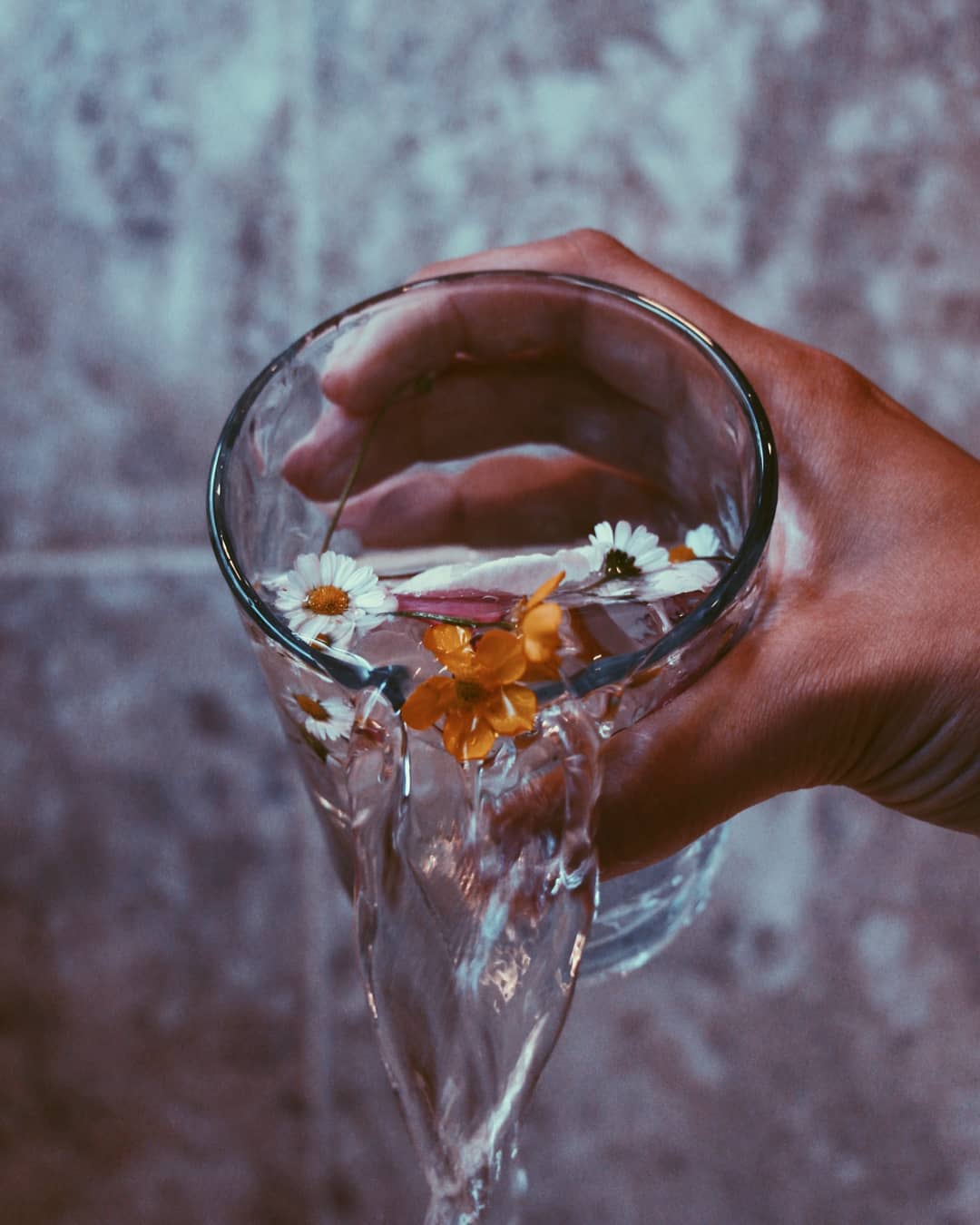
From contaminated water sources to aging municipal water plants, the possible reasons for municipal water contamination are varied. Regardless of the reason though, a whole house filter may be necessary to ensure your house water is healthier, cleaner, and better-tasting. It’s actually becoming one of the more popular home improvement projects. Here’s what you need to know about a whole house water filtration system, its installation, and cost.
Defining a Whole House Water Filtration System
A whole house filtration system is connected to a home’s primary water supply, hence the term ‘whole house’. All water used in the house for cooking, drinking, bathing, and washing will be channeled through a central filter. This eliminates the need to fit individual filters at every faucet.
With whole house filtration, you no longer have to grapple with unwieldy filtration pitchers, nor handle bulky environment-unfriendly plastic water bottles. It’s a one-stop-shop, as far as home filtration is concerned.
Types of Water Filtration Systems
There are different types of whole house filtration systems, the most popular filtering technique being activated carbon. Activated carbon is ideal for eliminating disinfectants, ammonia, chlorine, and other corrosive chemicals. Another commonly used filter media is catalytic carbon. It’s more effective than activated carbon but also more expensive. Check out reviews of both activated carbon and catalytic carbon whole house water filters here: https://www.best-osmosis-systems.com/whole-house-water-filter-reviews
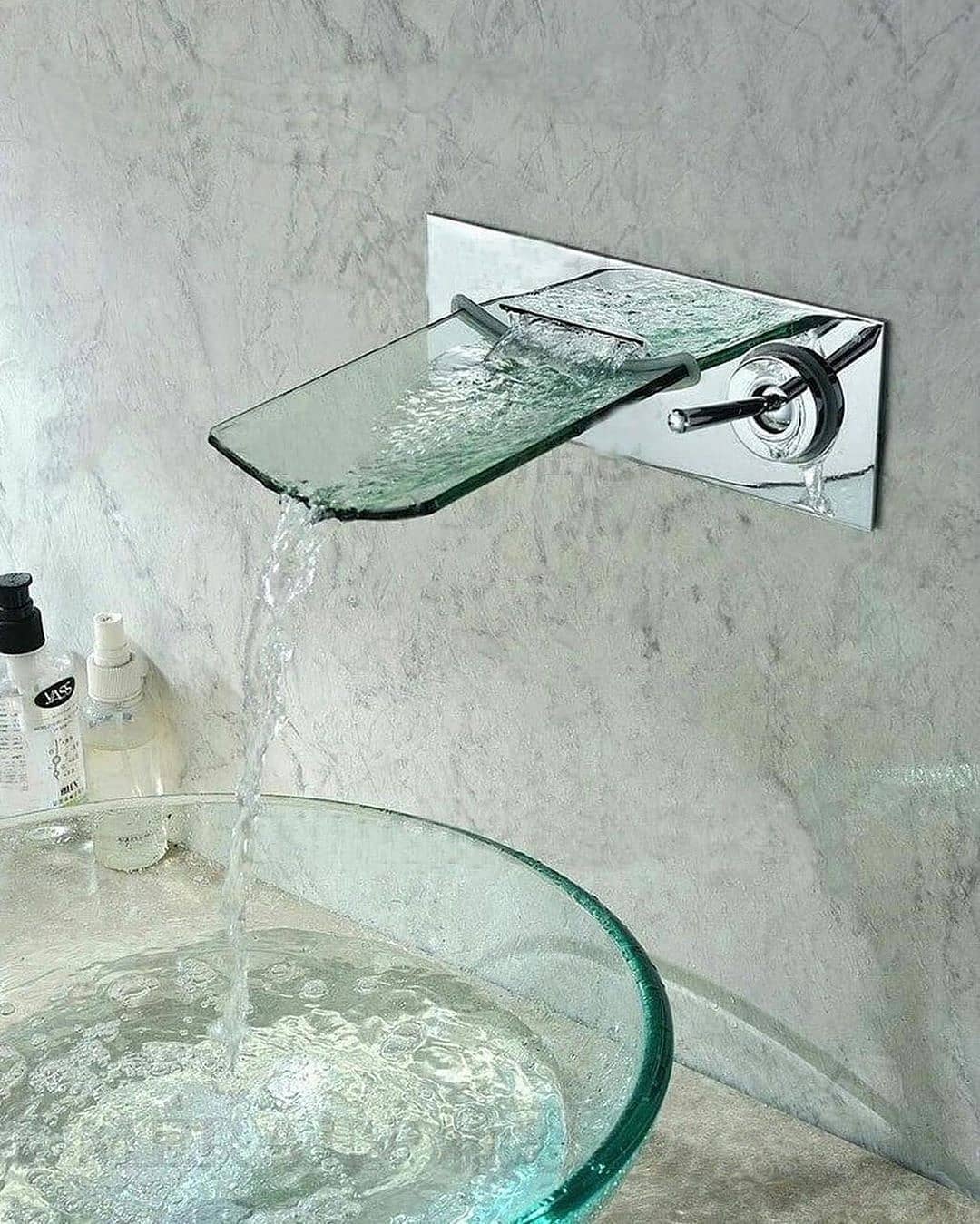
Apart from the filter method, filtration systems come in various sizes. The more rooms, residents, and overall water consumption, the larger the system you will need. The tiniest systems can readily be installed right under your kitchen sink.
What Does It Filter?
Like any other product, whole house filtration systems vary considerably in their filtering capabilities. The best systems, though, will get rid of multiple categories of contaminants, including bacteria, parasites, rust, pesticides, chlorine, arsenic, radon, heavy metals, and volatile organic compounds (VOCs). The water’s odor and taste will also be more palatable.
When most people think about filtering their tap water, it’s often in relation to making it safer for drinking and cooking. But filtered water has other advantages as well. For instance, by eliminating iron, the water is less likely to cause rust. This, in turn, reduces the odds of your freshly washed laundry getting stained or your plumbing fixtures being corroded. Also, by getting rid of contaminants, filtered water is less likely to cause skin rashes.
Who Needs It?
Water quality varies widely across jurisdictions. Certain areas will have a greater need for whole-house filtration systems. It’s a good idea to kick things off by having your home water tested in a certified lab to establish what type and quantities of contaminants it contains.
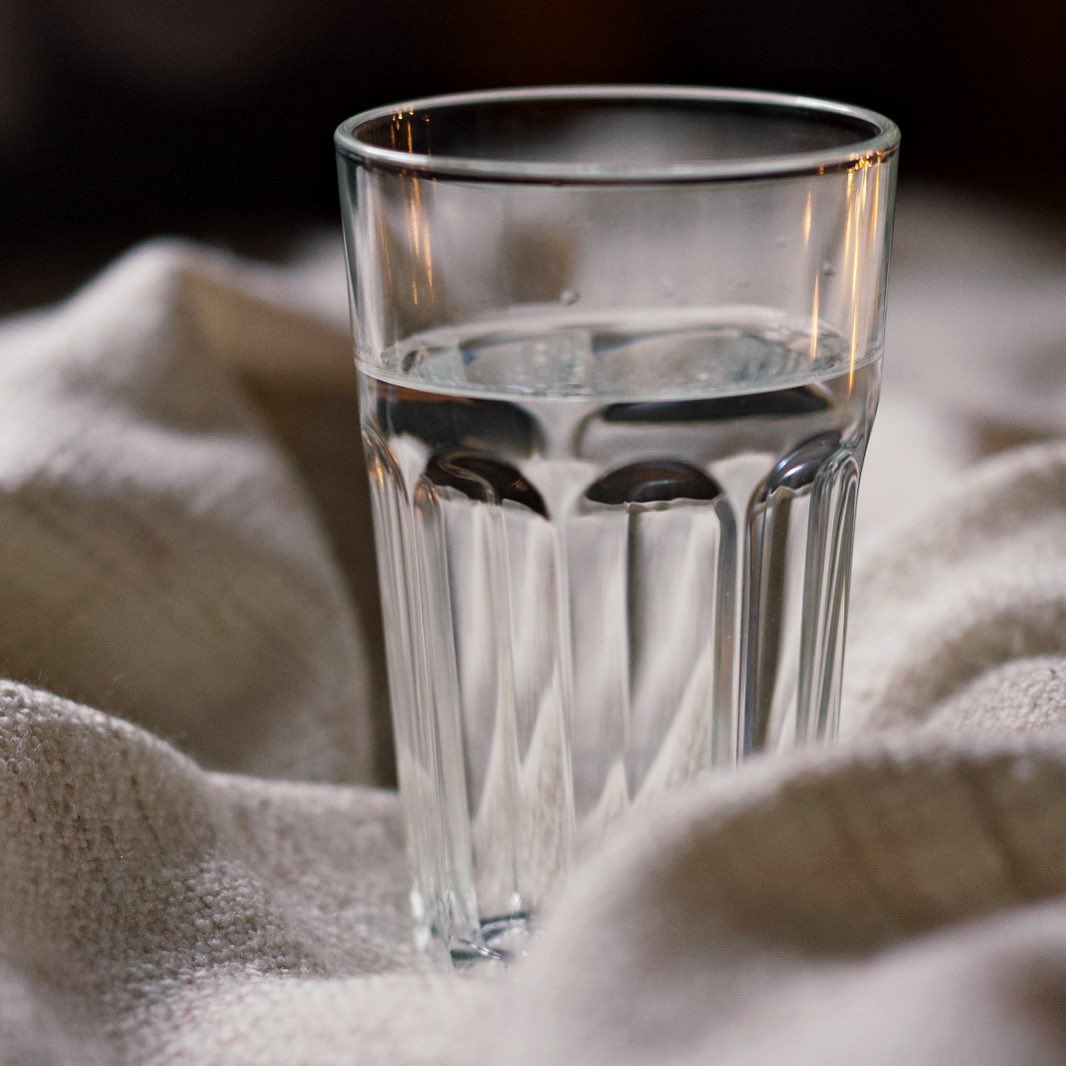
Nevertheless, it’s best to err on the side of caution by fitting a filtration system for your home. In any case, just because the water you are supplied with has been of acceptable quality in the past doesn’t imply it will always be. Instead of addressing contamination problems after the fact, when the harm done is expensive or impossible to fix, install a filtration system as a precaution.
Installing a Whole House Water Filtration System
Actual installation may vary from model to model, but there are certain core steps you will run through, irrespective of the whole house water filtration system you opt for. It all begins with turning off the main water supply and draining the system. Next, identify where you want the filter installed and mark it clearly. There are various places you could install it, but always think about future maintenance, repair, and replacement. You want somewhere easy to reach and maneuver.
With location determined, cut the pipe with a pipe cutter. Fix the brass/plastic fittings and compression nut, as per the manufacturer’s guidelines. Use Teflon tape on fittings. Now you can install the filter while making sure the “in” and “out” ports face the correct directions in line with the water flow.
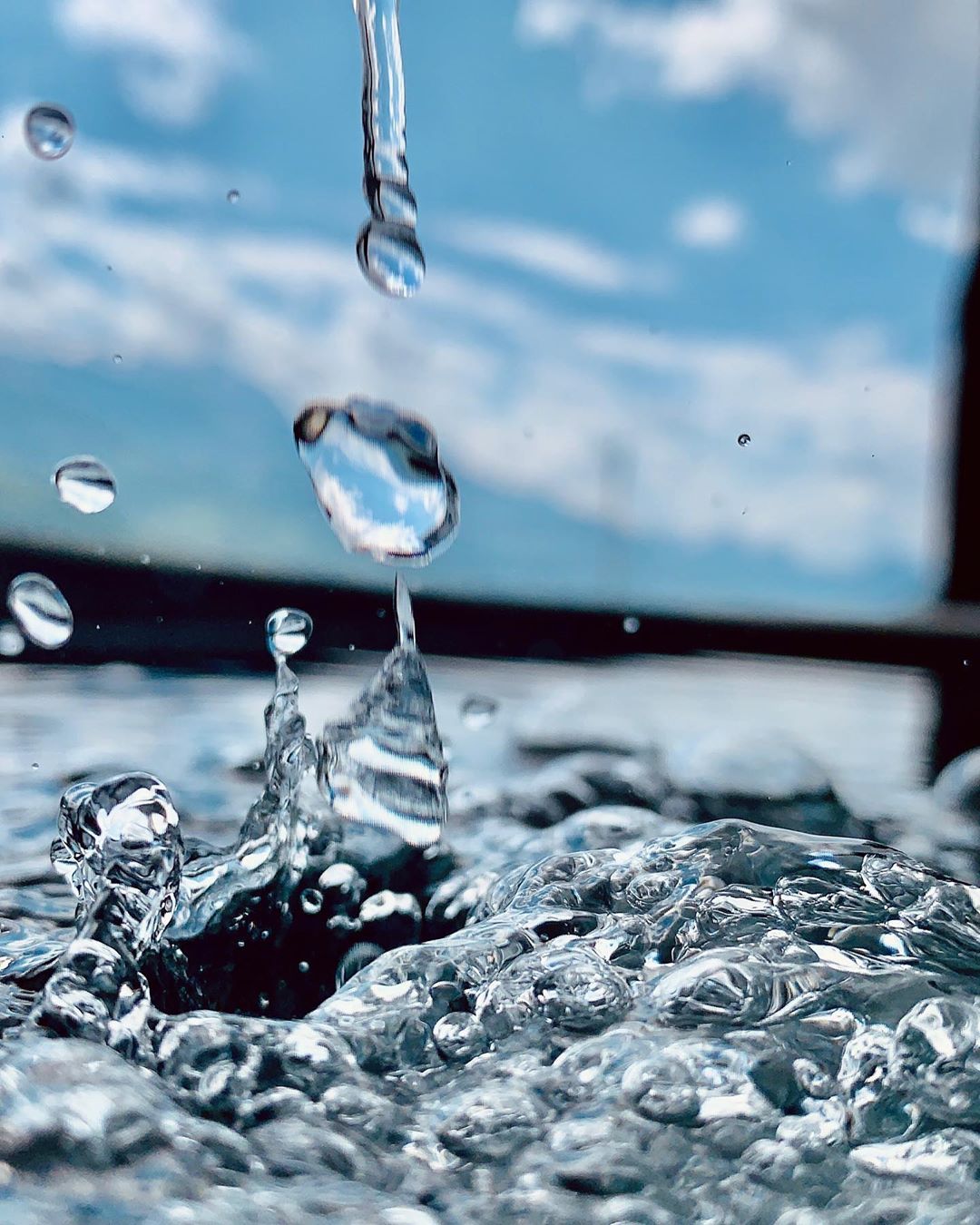
To make sure there are no leaks, first, turn the filter’s inlet valve off, then turn on the water supply. If that shows no problems, turn the inlet valve on and confirm again there are no leaks. With that, the installation is complete. Whenever you need to change the cartridge filter, turn the inlet valve off and use a wrench to take it out.
How Much Does It Cost?
The cost of a whole house filtration system will depend on the type of filter you require, whether your home’s plumbing is ready for it, and the experience the plumber you contract has.
The average household should expect to spend about $2,000 for the purchase and installation of an activated carbon whole house water filtration system. A reverse osmosis system is more expensive and could run into tens of thousands of dollars.
Should I DIY or Hire a Professional?
There are always opportunities to reduce the overall cost, especially if you opt to do the installation yourself. But while making whole house filtration installation a do-it-yourself (DIY) project sounds exciting and financially prudent, water quality is too sensitive a matter to leave it to chance.
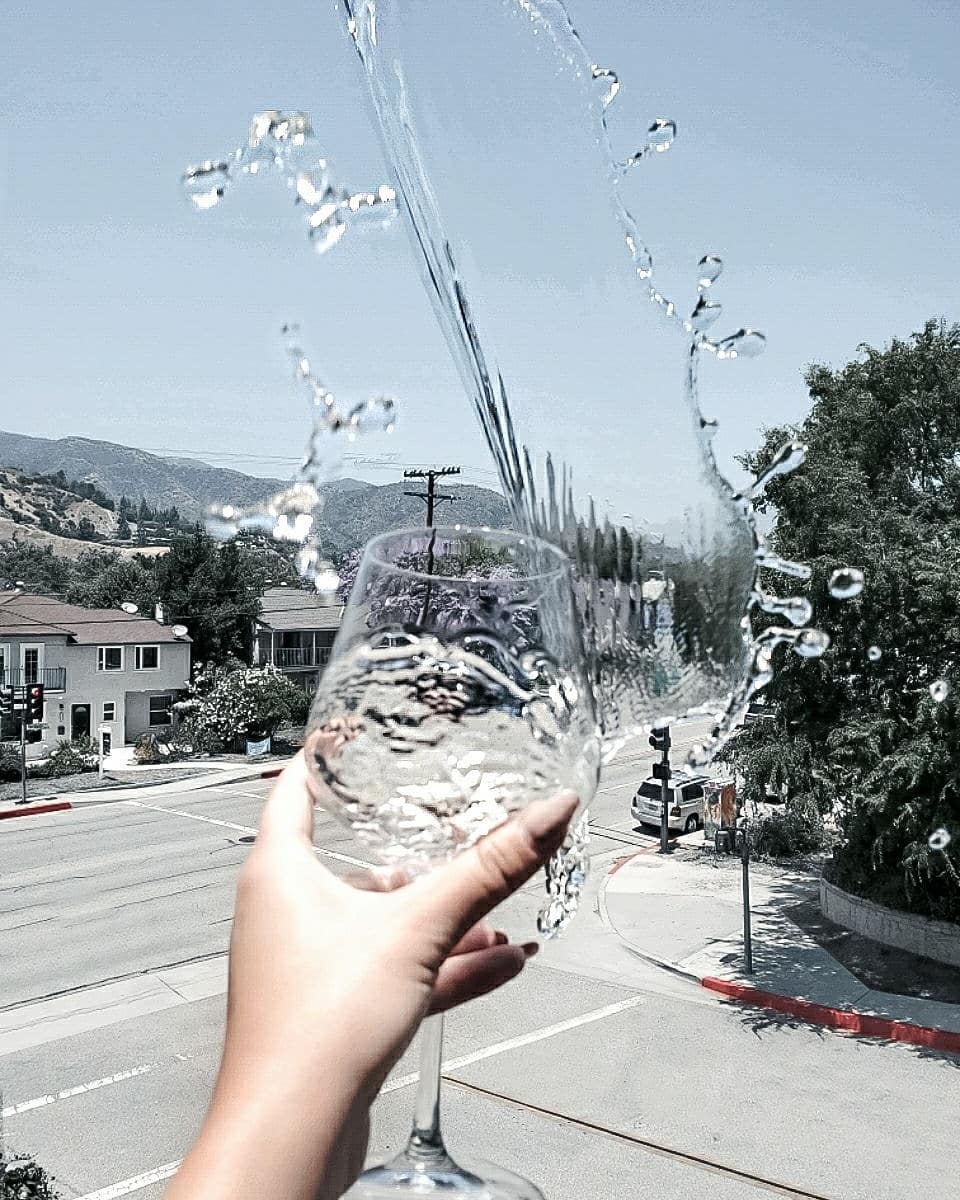
It’s alright to explore the DIY path for things, such as building custom furniture, installing bathroom fixtures, and repurposing plastic containers. For filtration systems, get a professional to do it. When contracting a plumber, check that they have the requisite qualifications, are experienced, are keen on understanding your needs, and will recommend the system that’s most appropriate for you and not what will benefit them the most.
The Other Benefits of Proper Installation
A whole house filtration system is easy to install if you get a qualified plumber to do it. It should be up and running in less than an hour. That implies minimal inconvenience to your household. Good installation doesn’t just affect water quality. It also impacts the need, extent, and cost of future maintenance and repair. Any DIY savings you enjoy today could be far exceeded by the soaring costs of maintenance and repair you incur over the long term.
Importantly, a good installation is visually appealing. The water filtration equipment can accentuate your home’s overall design theme. That’s something hard to achieve if the system isn’t installed well.
Whole House Water Filtration System : Conclusion

Homeowners keen on cleaning their water have the option of various filtration alternatives ranging from the basic over-the tap units to the sophisticated whole house filtration systems. While different approaches will work, the whole house filtration system provides you with peace of mind that nothing will fall through the cracks. Only make sure that the system you use has been cleared by a respected public health and safety organization such as NSF International.


